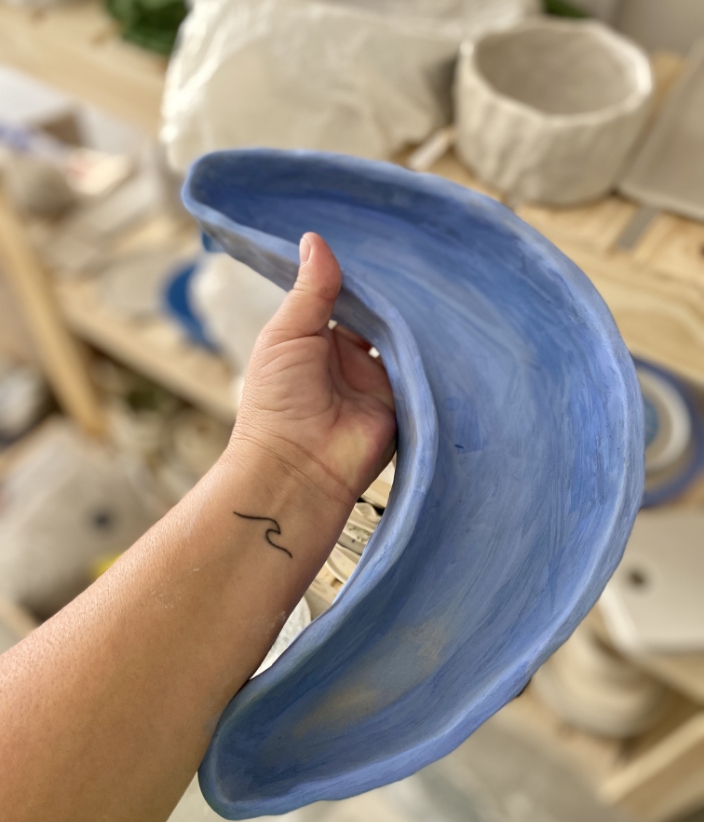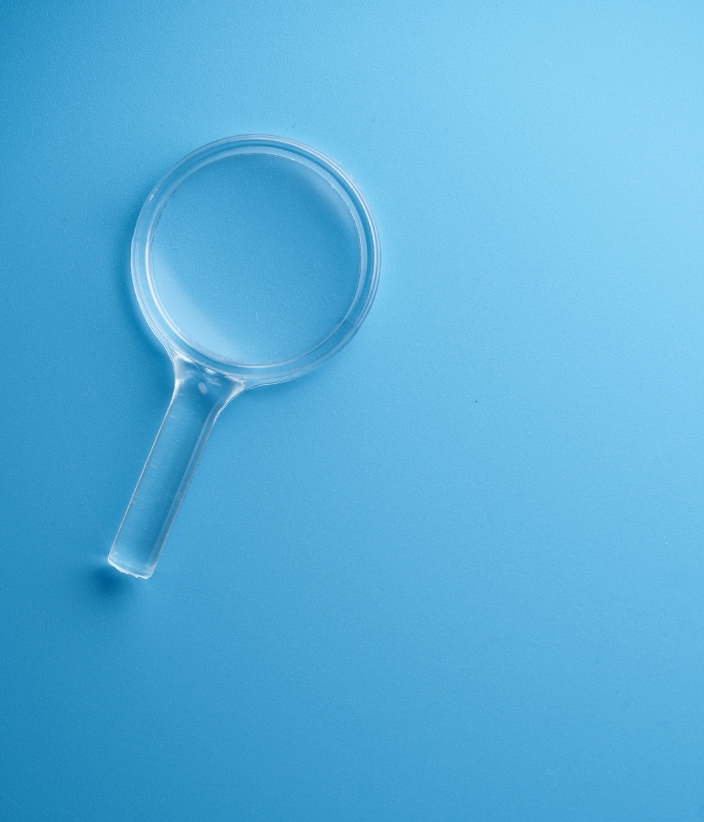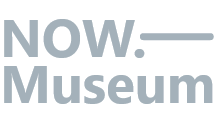Covid-19.Museum
What links drawings of confined children and Covid+ hospital services, essential shops and key workers, discussions on Redemsivir and those on Chloroquine, vaccines and video-conferencing courses?
This is Covid-19.Museum, a distributed web portal for document deposit, preservation, consultation and study. It enables heterogeneous data to be aggregated and includes a search engine and computing resources for exploring them.
As a tool for the heritage of the period, dedicated to education and analysis, it aims to answer the question posed by the New York Times on 15 April 2020 about what historians will find when they study the Covid-19 pandemic.
Covid-19 Museum projects and collections

Title
Children’s drawings
confinement

Title
Artistic performances at home during confinement

Title
Browse the
search engine
What is the role of the Covid-19.Museum
within the Now.Museum?
Within the Now.Museum, the Covid-19.Museum is the time-space dedicated to the pandemic linked to the emergence of SARS-Cov-2. It is building a public service for remembering, understanding and analysing the period that began with the discovery of SARS-Cov-2.
It is built like the semiosphere extracted from the Now.Museum using only the keywords “SARS-Cov-2” and “Covid” extended to related concepts via knowledge graphs obtained from the public sections of European newspapers. It therefore presents an initial example of how the Now.Museum can reconstitute a semiosphere.
How does Covid-19.Museum work?
Like the Now.Museum, of which it is a part, the Covid-19.Museum is based on a distributed and decentralised architecture.
Decentralised collections
Like the Now.Museum as a whole, the Covid-19.Museum aggregates and connects decentralised collections. In other words, data is gathered and managed in collections that are attached to the Covid-19.Museum, but not necessarily built by it. The owner of an external collection will remain its protector and curator, while retaining control of its museography.
A distributed web portal
This means that the data can be accessed and used within the various collections, and that the calculations performed on the data to explore its content are also available in a distributed manner.
As a heritage tool for the period, dedicated to education and analysis, it aims to answer the question posed by the New York Times on 15 April 2020 about what historians will find when they look into the Covid-19 pandemic.
How to contribute to or join Covid-19.Museum?
Contribute to a collection campaign
You can upload digital or digitised objects to this site, for example as part of the Children’s Drawing in Confinement or Artistic Representations in the Home projects.
Join Covid-19.Museum
As an individual or as an organisation, you can join the Covid-19.Museum if you wish to share your collection of digital, digitised or digitisable objects related to the Covid-19 theme. Once your collection has been linked to the Covid-19.Museum, you remain the owner of the collection and your data.
